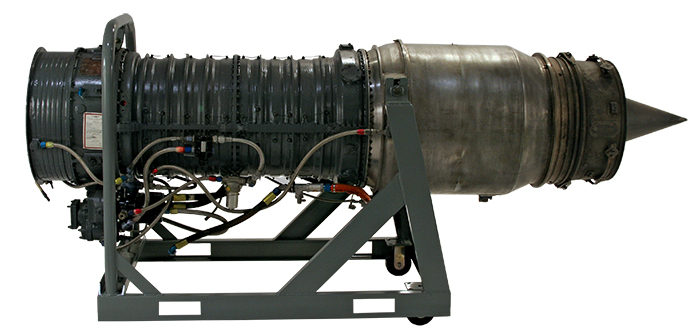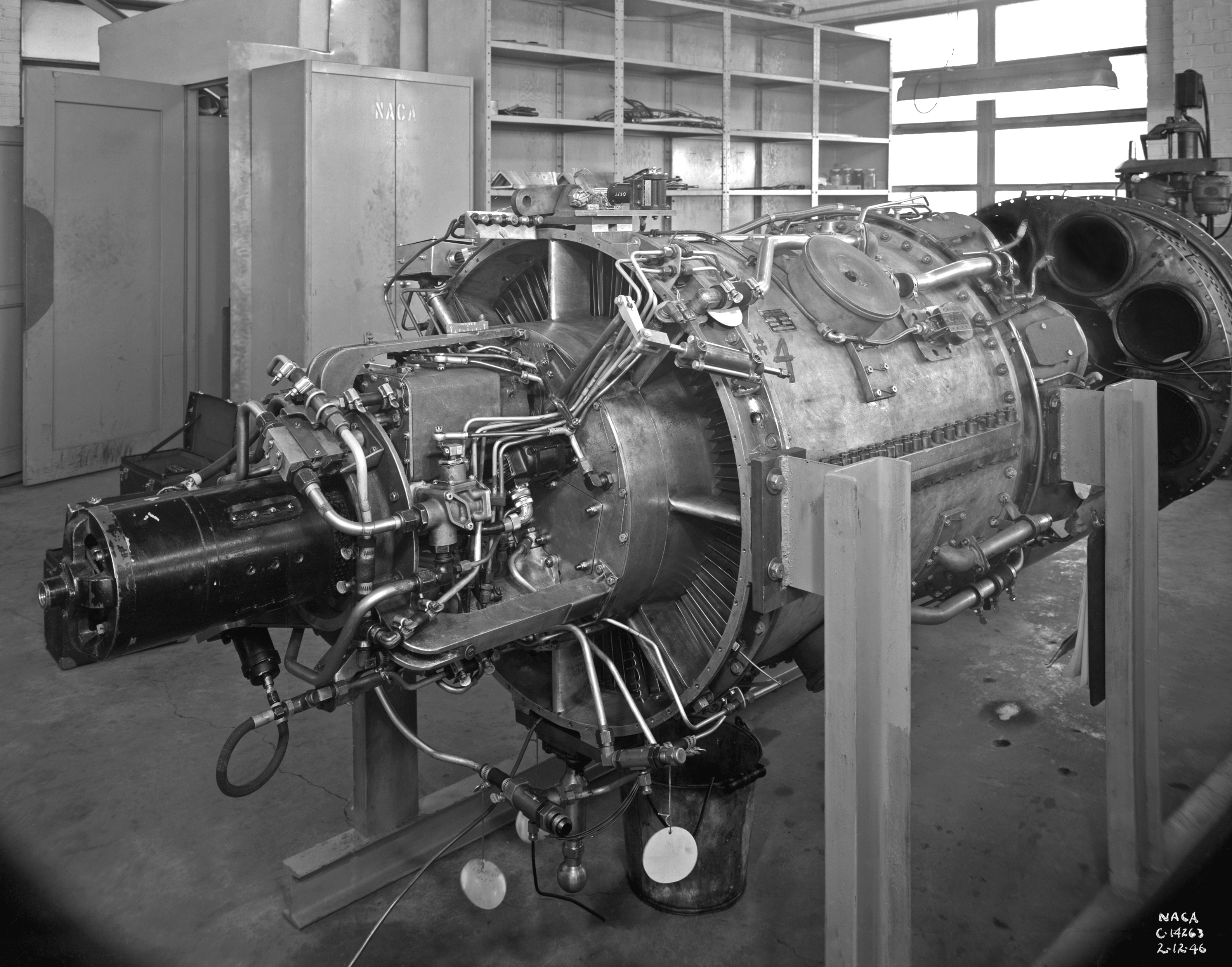
Regardless, the future was in the making and jet-powered fighters for the Navy was in line with the global race to field jets as quickly as possible. Additionally, they provided thrust lower than sought and were slower to respond for fighter types. While generally reliable, early turbojet engines lacked longevity and therefore limited operational ranges. Two large fuel stores would be set along the fuselage, their fuel type becoming another inherent benefit - it proved far less flammable than traditional prop-engine fuel. Additionally, this opened the nose assembly to accept both cockpit and armament, the latter freeing the wings for structural supports, underwing hardpoints or fuel.

Unlike prop-powered carrier fighters, which required engine mounting at the nose or at some other placement forward of the pilot (blocking key vision angles), the jet could be installed aft of the pilot and therefore provide better forward and all-around vision. The choice of engine was the compact and relatively lightweight Westinghouse 24C which produced 3,000 lb of thrust. Unlike other early jet fighters of the day, which relied on a nose-mounted intake or underslung, wing-mounted engine nacelles, the V-340 was envisioned with wingroot-mounted intakes aspirating the sole engine installation. Onboard fuel stores would be fitted aft of the pilot's position and the Westinghouse turbojet buried low in the deep fuselage - exhausting under, and ahead, of the tail unit.

A tricycle undercarriage was to be used and the cockpit placed at the extreme nose along with the armament (4 x 20mm M3 cannons proposed). The proposed aircraft utilized a low-wing monoplane form with single rudder fin and rudder-mounted horizontal tailplanes. The V-340 eventually matured to become the limited-production "Pirate" platform but remains a largely overlooked entry into the USN fighter field. While the requirement led to the competing McDonnell FH "Phantom" product (detailed elsewhere on this site), the V-340 offering joined a few others in holding at least some interest with USN authorities.

The Chance Vought V-340 was part of the submissions made to the United States Navy (USN) intending to fulfill a requirement for the service's first-ever jet-powered carrier-based fighter.


 0 kommentar(er)
0 kommentar(er)
